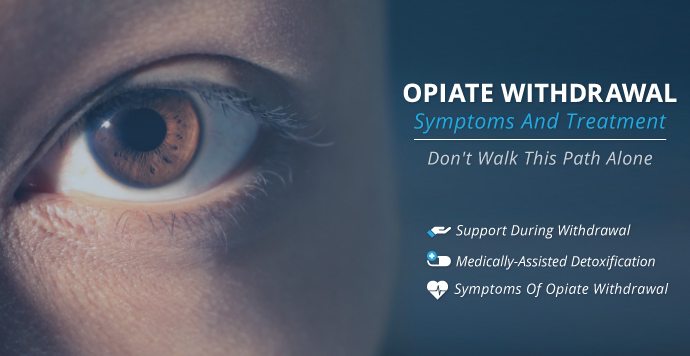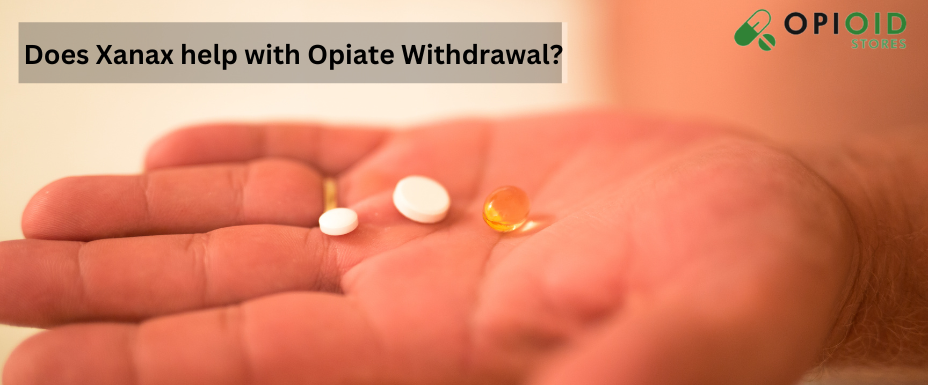Does Xanax help with Opiate Withdrawal?
Xanax and Opiate Withdrawal
Xanax is one of the most effective and widely used benzodiazepines. And, you might be aware of the fact that benzodiazepines are commonly abused with opioids. But people buy Xanax online to get relief from anxiety and panic disorders.
The most common and safe way to deal with opiate withdrawal is taking naloxone. But, acute treatment with Xanax bar(2.5 mg- 1 s.c.) 20 minutes before administering naloxone can prevent an increase in noradrenaline in hippocampal dialysates.
According to research, it is usually safe to use a blue Xanax bar for opiate withdrawal. The only reported effect of Xanax induced in non-morphine-dependent rats was a 15 percent reduction in spontaneous locomotor activity.
A green Xanax bar can decrease opioid withdrawal syndrome by dampening the hyperactivity of the brain. Xanax is much more pocket-friendly than any other drug for opioid withdrawal treatment.
What is Opiate Withdrawal?
Opiate withdrawal occurs when you suddenly stop taking opioid medications after your body has become relied on them to feel better. It can affect you in several ways. Opioids attach to receptors on the brain, nerve cells, spinal cord, and other places to block pain messages sent by your body to your brain. They also trigger your brain to release a chemical that makes you feel good, dopamine.
Opioid drugs, like morphine or oxycodone, can help with pain when an individual goes through surgery or during an injury. Some people also use them in illegal forms, like heroin. The red Xanax bar is one of the highest potent drugs for opioid Withdrawal, but doctors rarely prescribe it due to its abuse and addictive properties.
Prescription opioid drugs are usually safe to use for a short duration and as directed by your medical healthcare professional. If you need to discontinue taking long-term opioids, consult your health expert. To do it safely, your doctor may suggest you gradually take less of the drugs as a medical supervision team keeps a close watch over you.
What are the Opioid withdrawal symptoms?
Common opioid withdrawal signs include anxiety, goosebumps, insomnia, restlessness, watery eyes, runny nose, yawning, body aches, widened (dilated) pupils, vomiting, sweating, diarrhea, stomach cramps, fever, diarrhea, rapid breathing, shaking, fast heartbeat, high blood pressure, seizures, or hallucinations.

Usually, the symptoms can show up within 12 hours after the last dose of any opioid medicine. Many people feel so down that they can not give up drug use without proper help. The severity of your symptoms depends upon several things, such as:
- How long you have been using an opioid
- How healthy you are
- How tolerant you are to the drug
- How long does the drug stay in your system
- Whether you are quitting or using other medications to help you stop taking Opioids
The symptoms can last for a couple of days to more than two weeks. The worst withdrawal symptoms get better for most individuals after a few days.
If a medical healthcare provider gave you a drug to reverse an opioid overdose, the withdrawal symptoms may come on faster and make you feel worse. They are more likely to cause changes in your blood pressure or heart rate that requires medical attention.
Opioid Withdrawal causes
Over time, you can become dependent on an opioid. Since the neurons in the brain change to the spot where without the drug, they stop working the way they should. You might also become physically and psychologically addicted, and this happens when you fail to control your cravings for the drug even after your harmful behavior. If your body does not get the medicine it has started to rely on, you go into Withdrawal.
How does the doctor know if I have Opioid Withdrawal?
Your medical healthcare professional may diagnose Withdrawal depending on your symptoms and a physical exam. They might also suggest a urine test to see which medicine you have used. There are four assigned criteria for Withdrawal by the American Psychiatric Association:
- You have stopped or tampered down after heavy opioids use for a prolonged duration or used an opioid antagonist (a drug for reversal of opioid effects), such as naloxone.
- The withdrawal symptoms cause severe problems in performing your daily life functions.
- You have three or more symptoms within some days of stopping the opioid use, tampering with it, or getting the antagonist.
- The medical issue is not due to another medical condition or mental disorder.
What are the complications associated with Opiate Withdrawal?
Opiate withdrawal is not usually life-threatening, but if you have other medical health conditions, the effects can result in severe problems. For example, high blood pressure or a higher pulse can cause issues if you have a heart condition.
Other complications associated with opiate withdrawal include:
- vomiting and diarrhea resulting in high blood sodium levels (hypernatremia), dehydration, and heart failure
- leaking amniotic fluid or bleeding in pregnant women
- higher risk of an opioid overdosing after Withdrawal since your tolerance level is lower; in case you start retaking the Opioid, your medical healthcare professional may prescribe you a smaller dose than usual
Ways to treat an opioid withdrawal
Since it can be challenging to give up opioids safely, most people should go for the help of a health expert to quit. Your medical healthcare provider may give you drugs like buprenorphine or methadone to help you deal with the cravings and improve the symptoms. Usually, the doctor gives some smaller doses gradually until you no longer need it.

The doctor can also give you drugs to settle your stomach if you have vomiting and diarrhea and prescribe some other fluids to replace the water your body is losing consistently. Also, they may recommend drugs to control your blood pressure if it is high because of Withdrawal.
To get relief from other symptoms such as fever, headaches, or joint pain, you can use common over-the-counter (OTC) drugs like ibuprofen. Some behavior changes may also help you get through the Withdrawal, including moderate exercise (or even walking), small frequent meals or snacks of healthy foods, drinking plenty of water or taking other fluids, a distraction to keep the mind off your symptoms, like watching your favorite show or talking with a friend.

